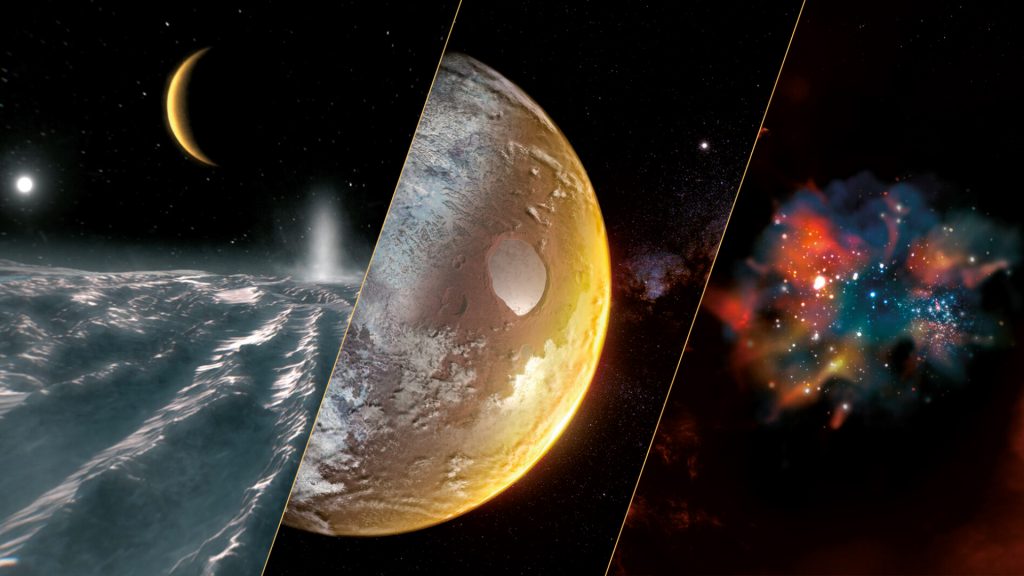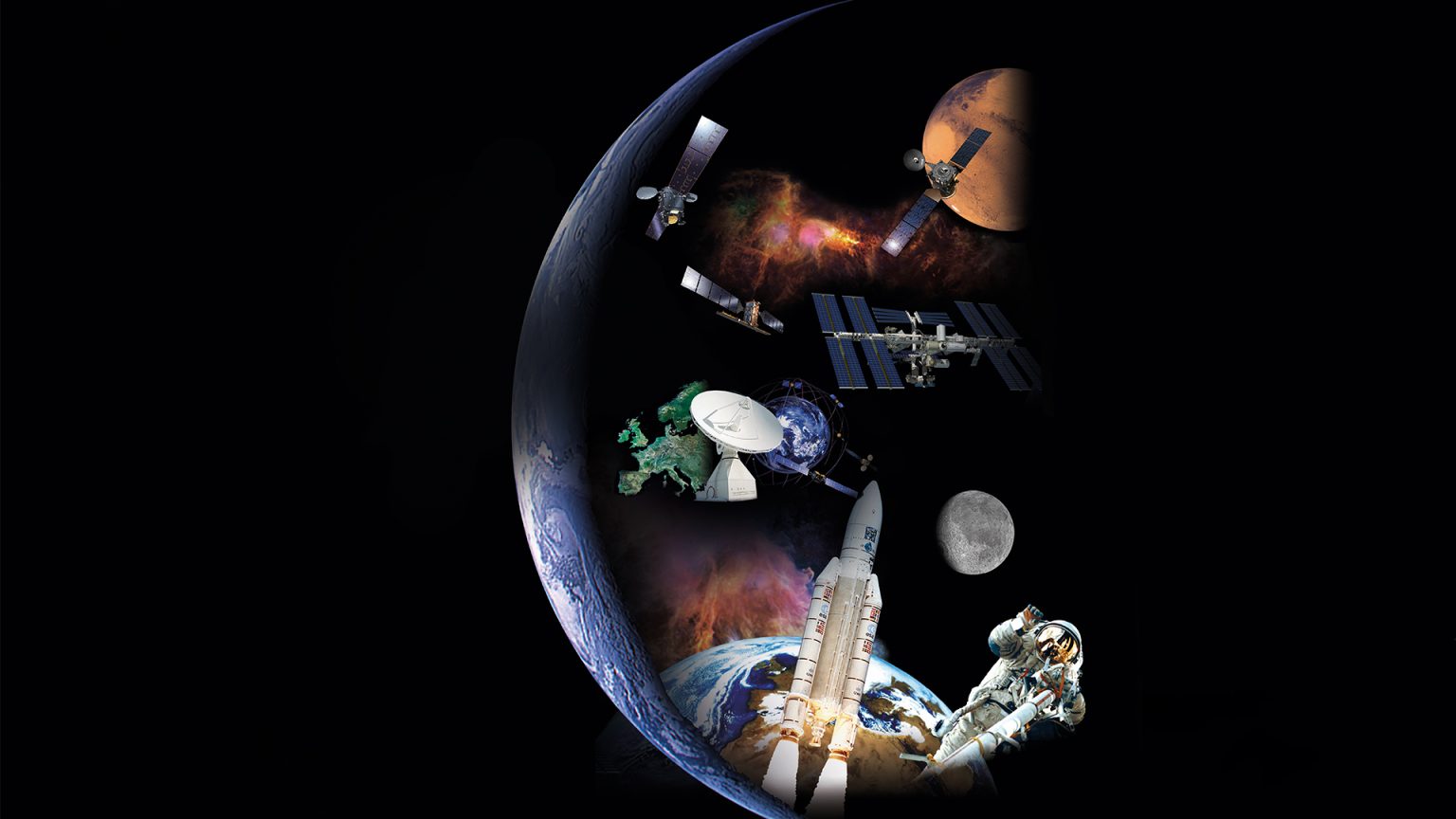Half a century ago, Europe decided to look to the heavens with ambition
50 years ago, Europe joined forces and created ESA, betting on cooperation as a way to achieve autonomy and prominence in global space exploration”
The European Space Research Organisation (ESRO), founded in 1964 to coordinate scientific Space programmes, and the European Launcher Development Organisation (ELDO), created in 1962 with the aim of developing its own launchers.
The comparison was inevitable: while the Space powers operated with decades of advantage and colossal budgets, Europe opted for cooperation as an engine of progress.
ESA’s Main Missions and Projects in its 50-Year History 1975-2025
1975
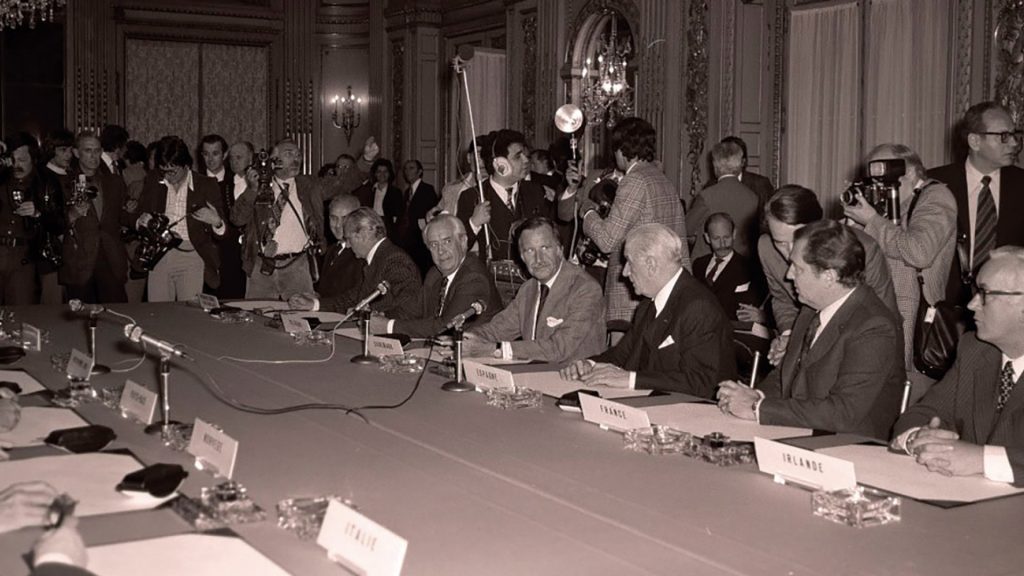
Signing of the ESA Convention.
1976
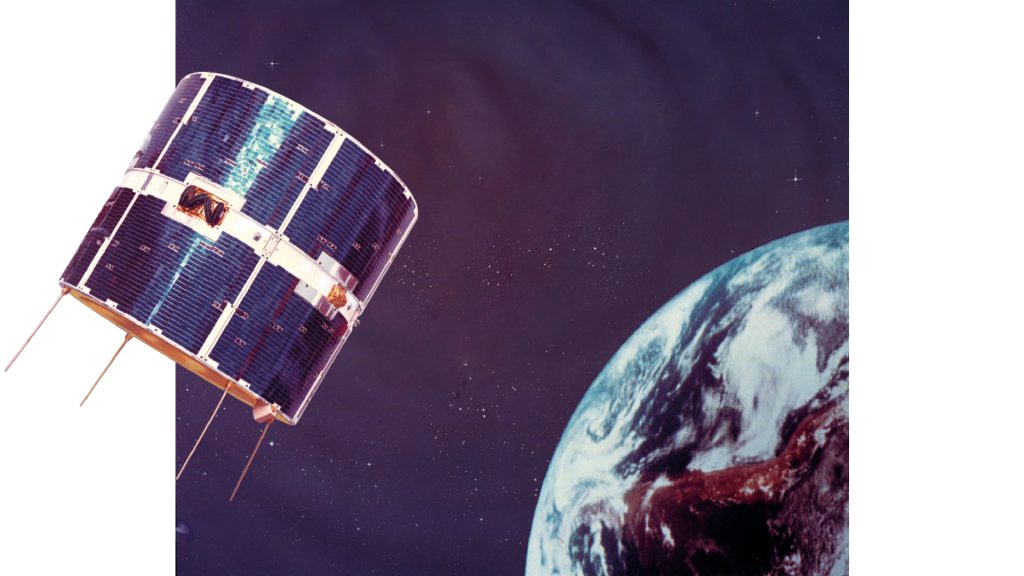
Launch to orbit of ESA’s first scientific satellite, COS-B.
1977
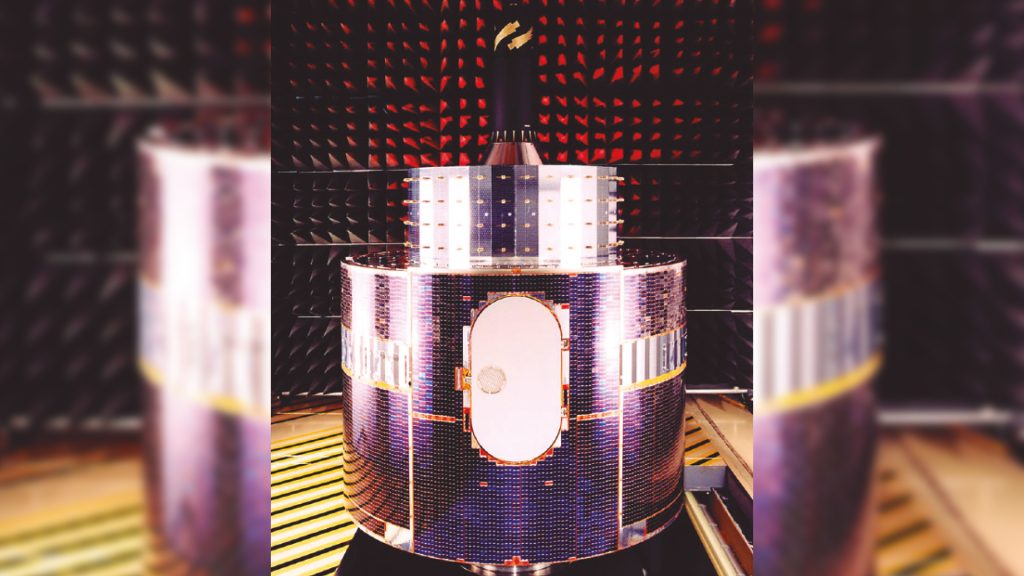
Launch of Meteosat-1, ESA’s first meteorological satellite.
1978
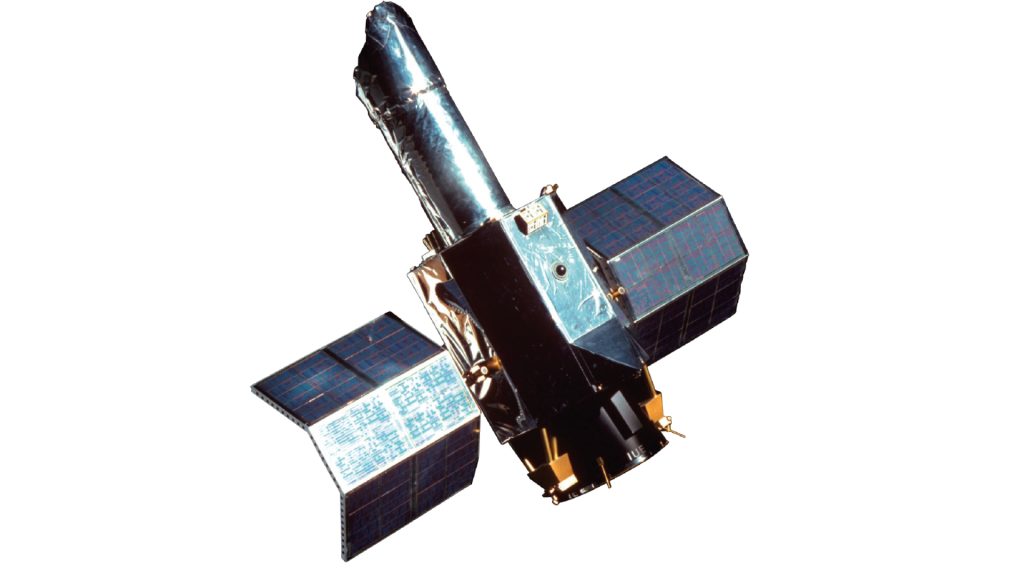
Launch of the International Ultraviolet Explorer (IUE),
the first astronomical satellite in geostationary orbit.
1979
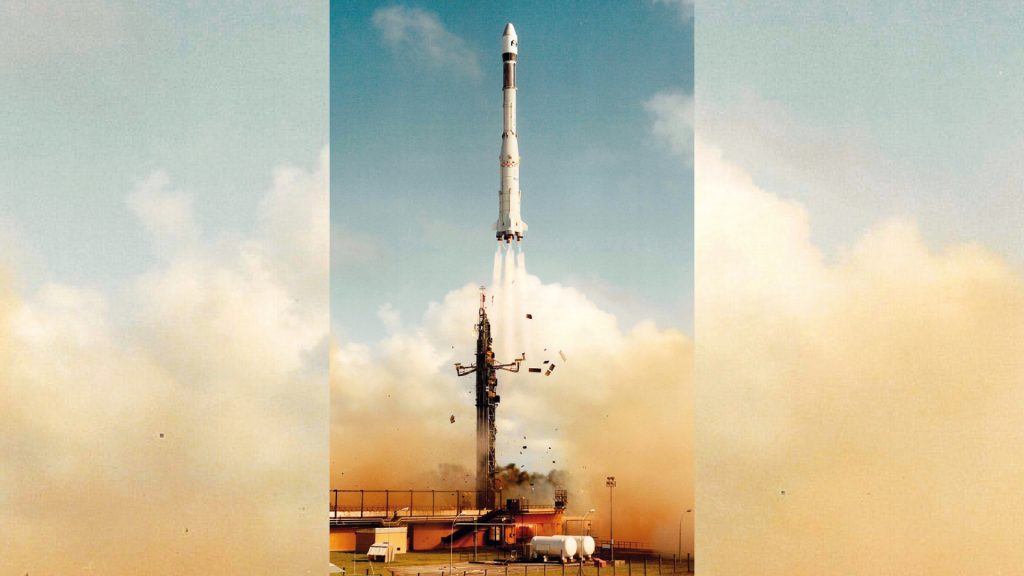
First launch of Ariane 1 from Kourou.
1980
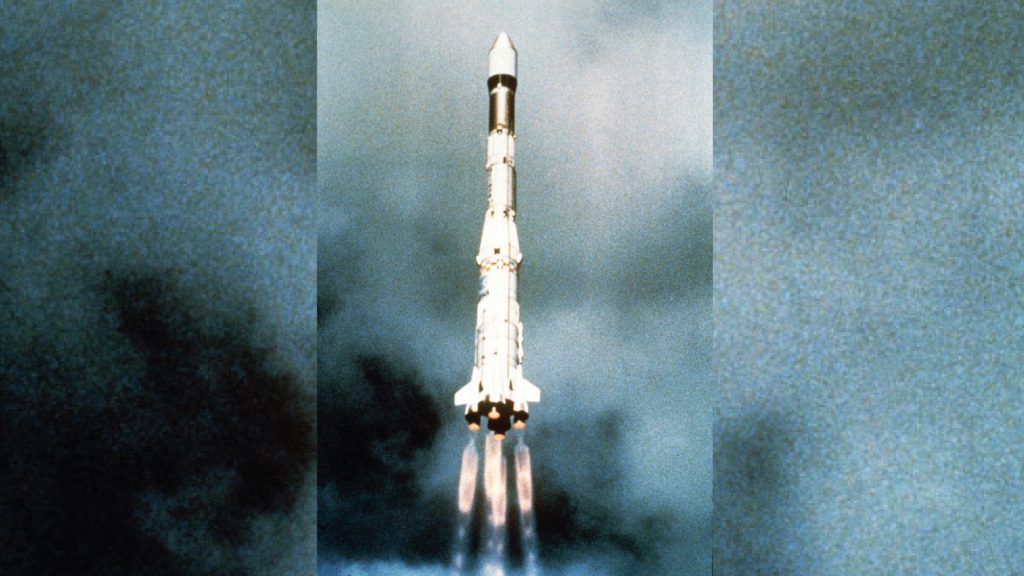
Arianespace becomes the first commercial Space transportation company.
1981
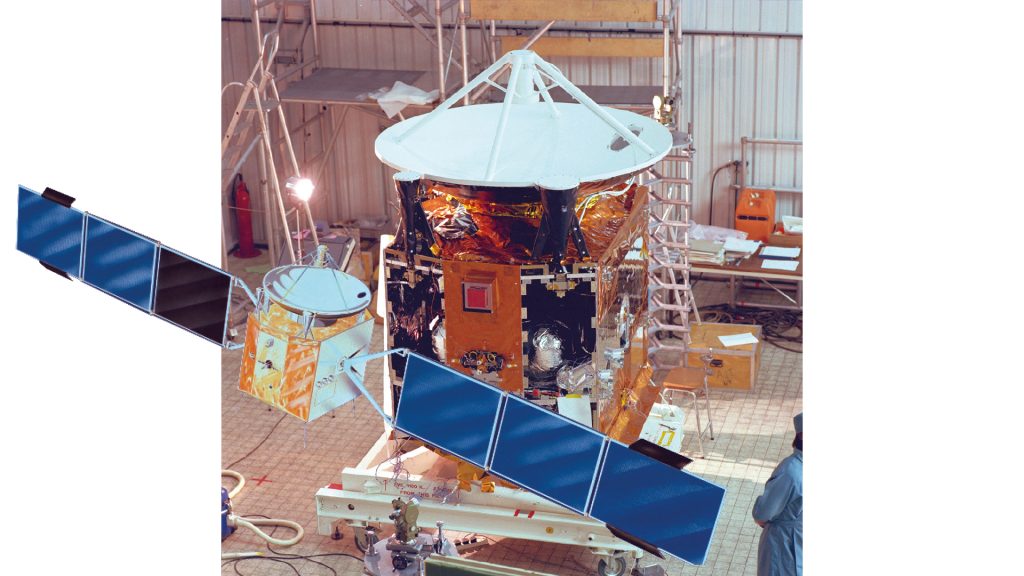
MARECS-A, the first European maritime communications satellite.
1982
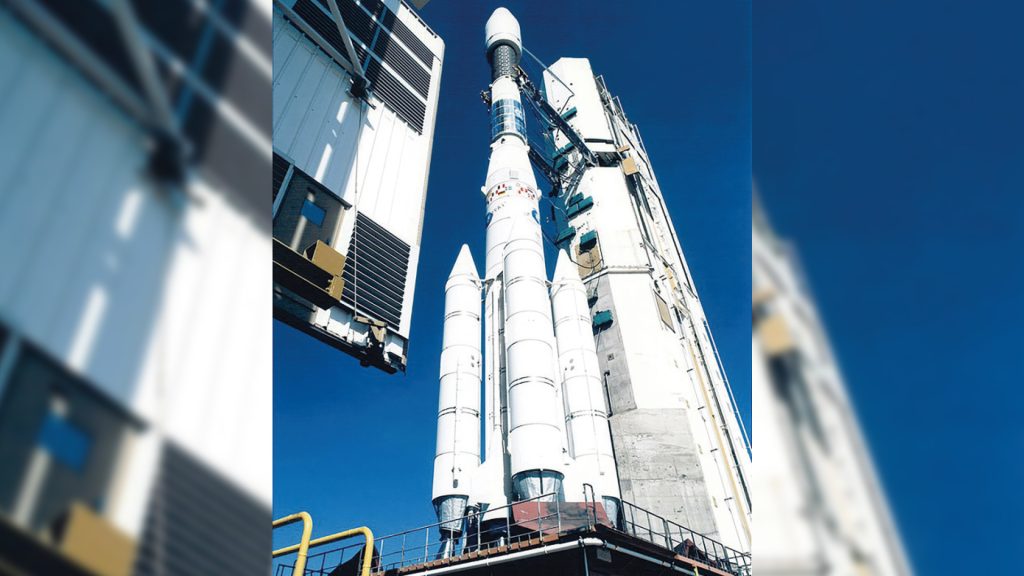
Development of Ariane 4 is approved.
1983
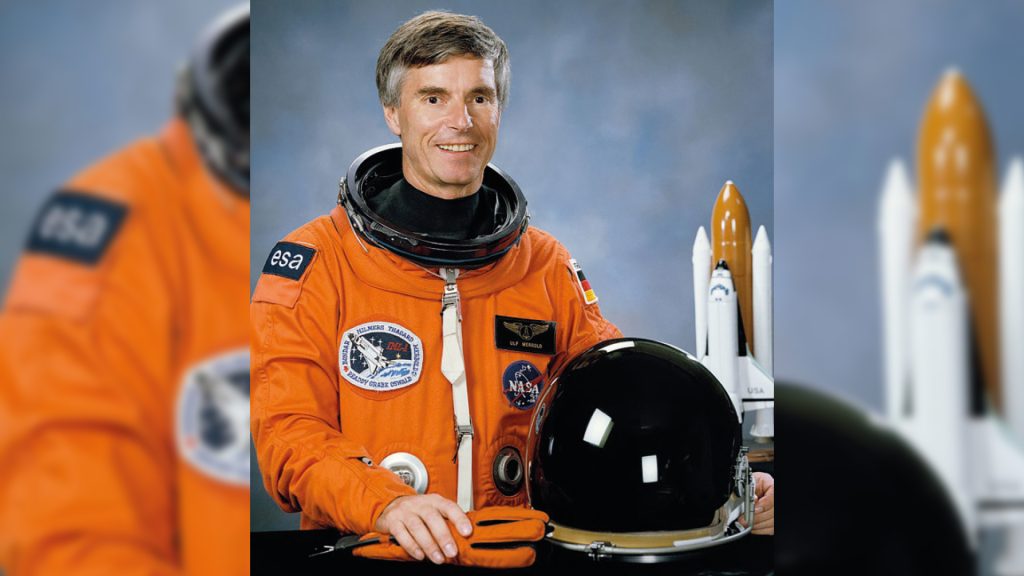
Ulf Merbold, the Agency’s first astronaut to fly into Space.
1984
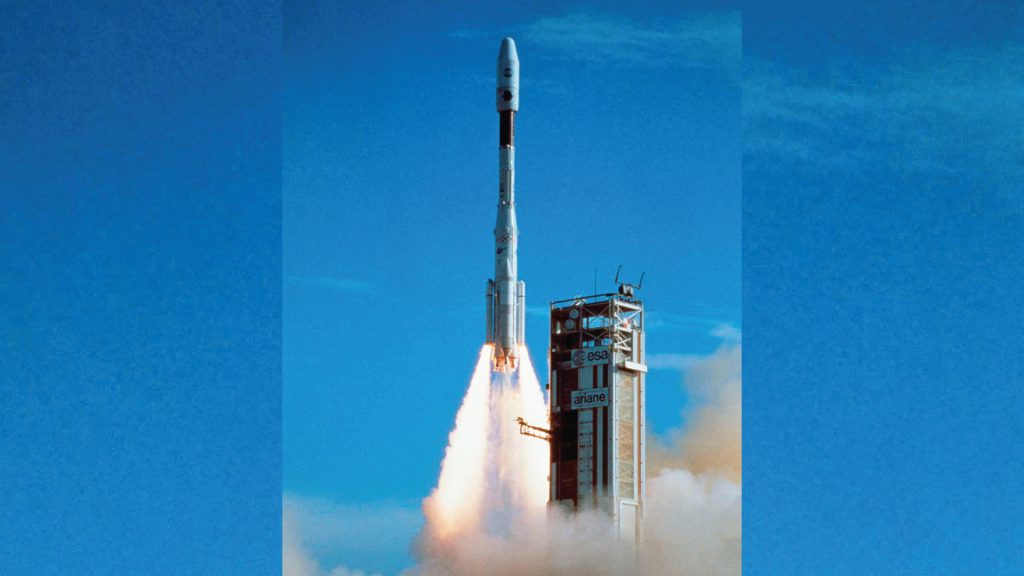
The first Ariane 3 is launched from Kourou.
1985
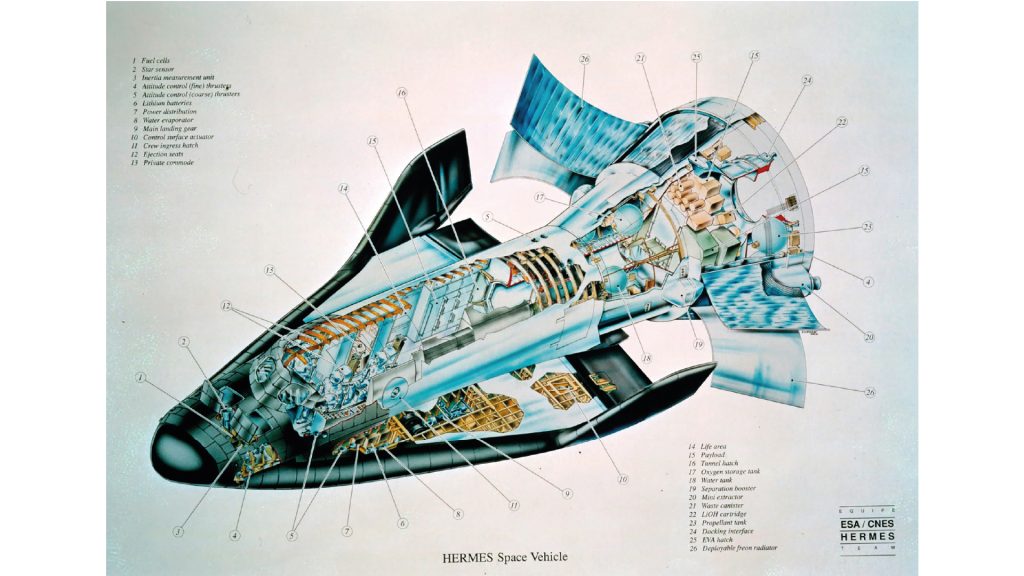
Development of the Hermes spaceplane is proposed.
1986
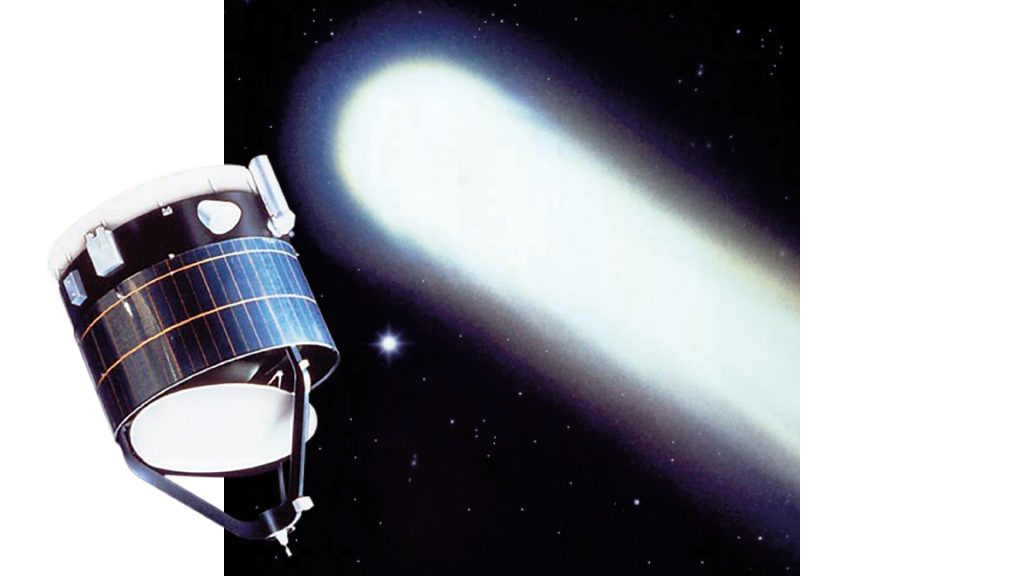
The Giotto probe encounters Halley’s Comet.
1987
Development of programmes for Ariane 5, Columbus and Hermes is approved.
1988
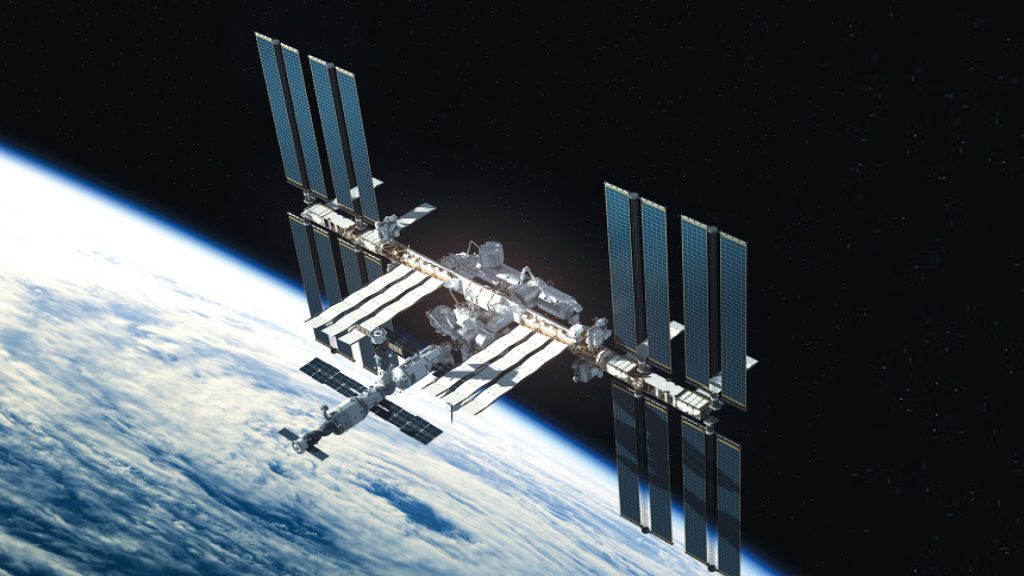
Collaboration agreement with NASA on the Freedom Space station
(now the International Space Station).
1989
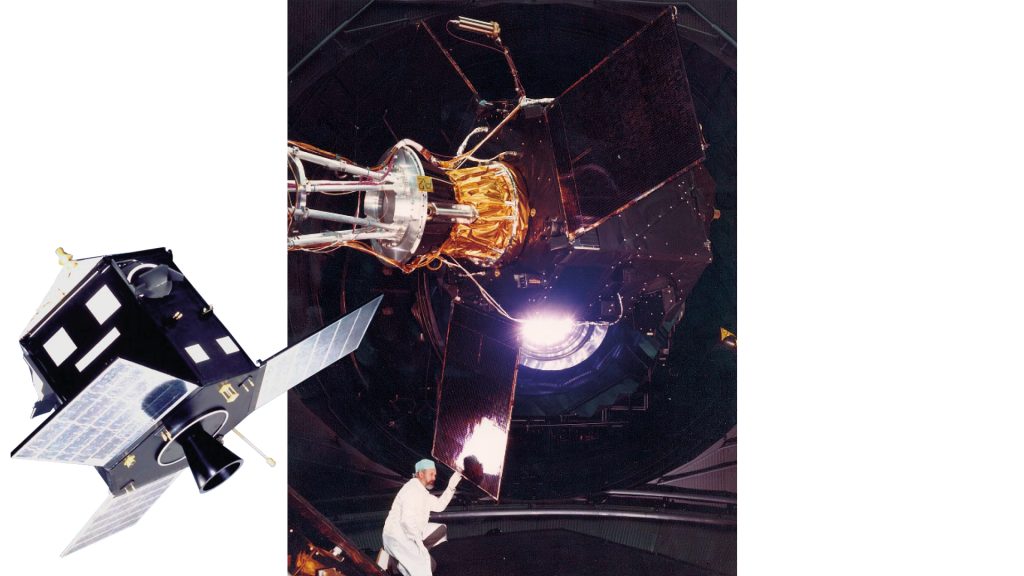
Hipparcos, the first astrometric satellite, is launched.
1990
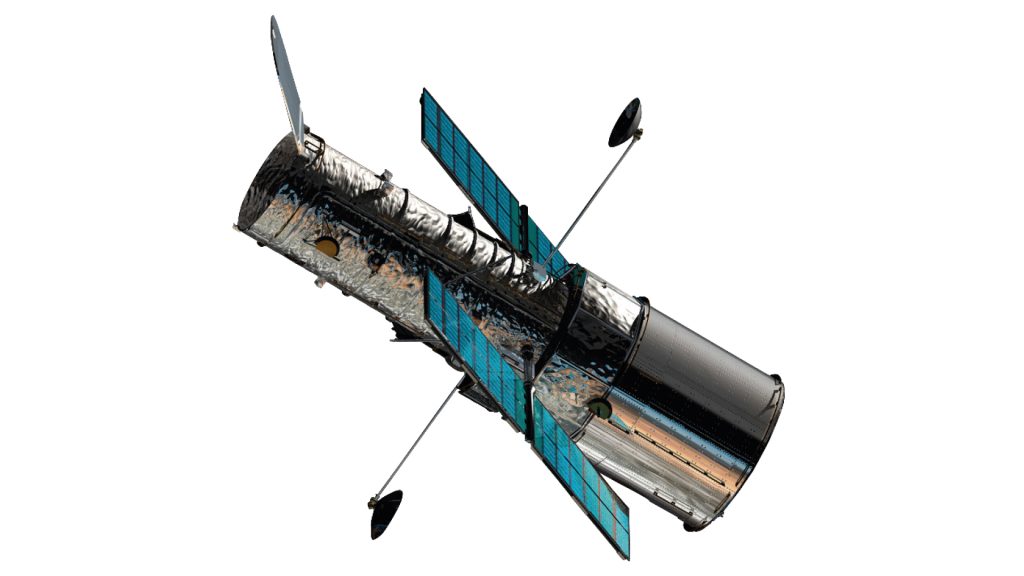
Launch of the Hubble Space Telescope.
1991
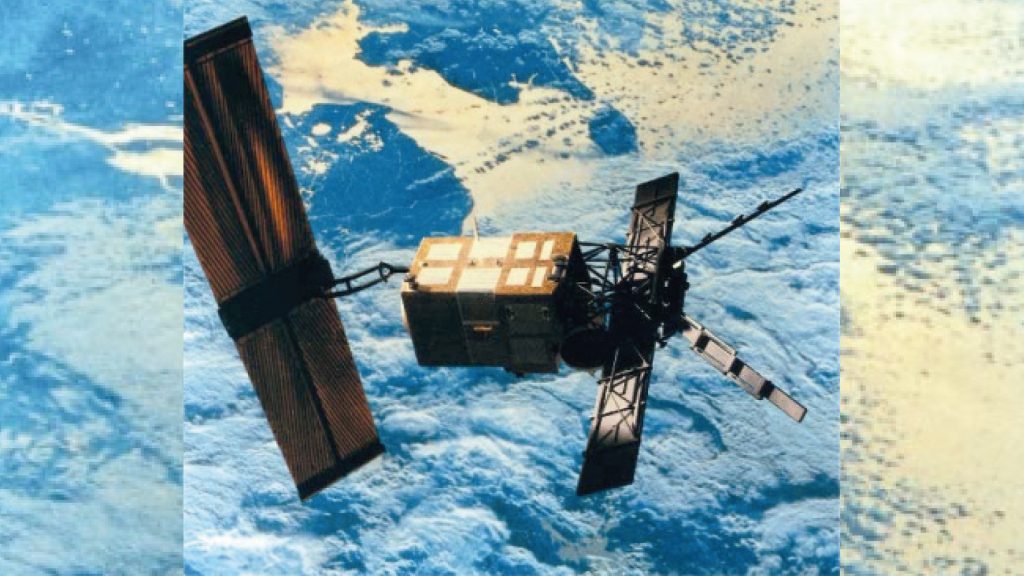
Launch of the ERS-1 satellite.
1992
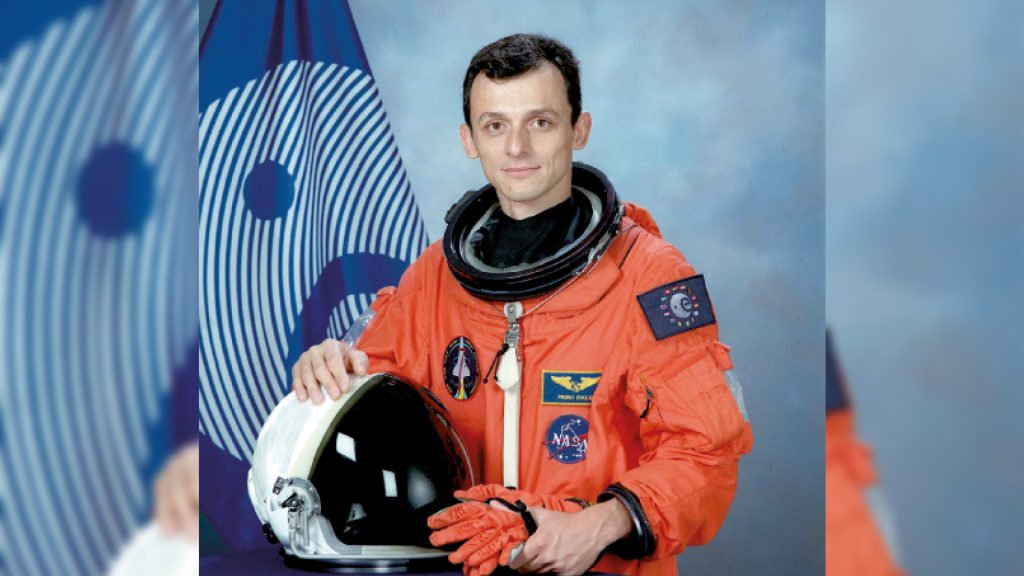
Six new astronauts, including Spaniard Pedro Duque, are selected by ESA.
1993
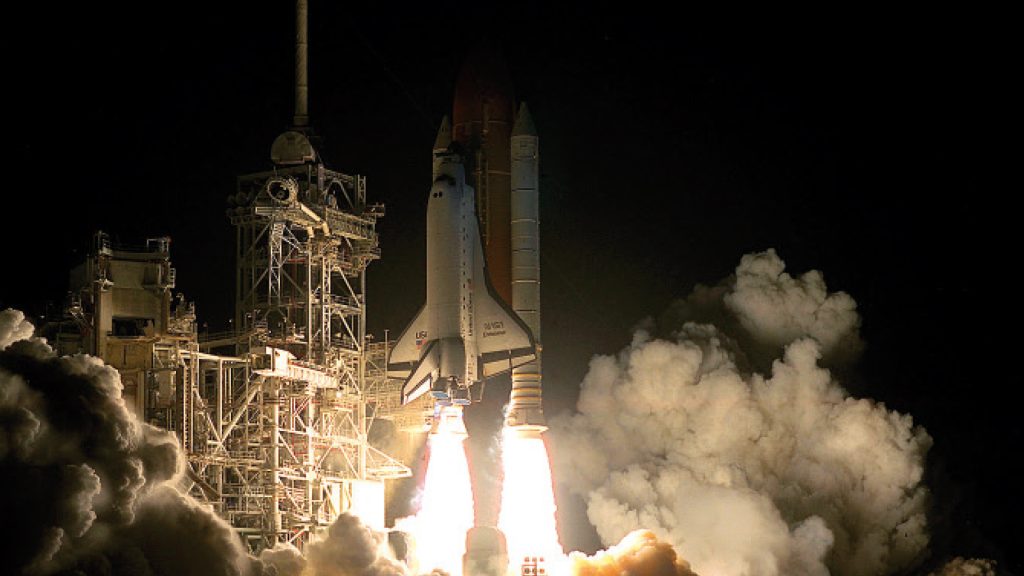
STS-61, first repair mission for the Hubble Space Telescope.
1994
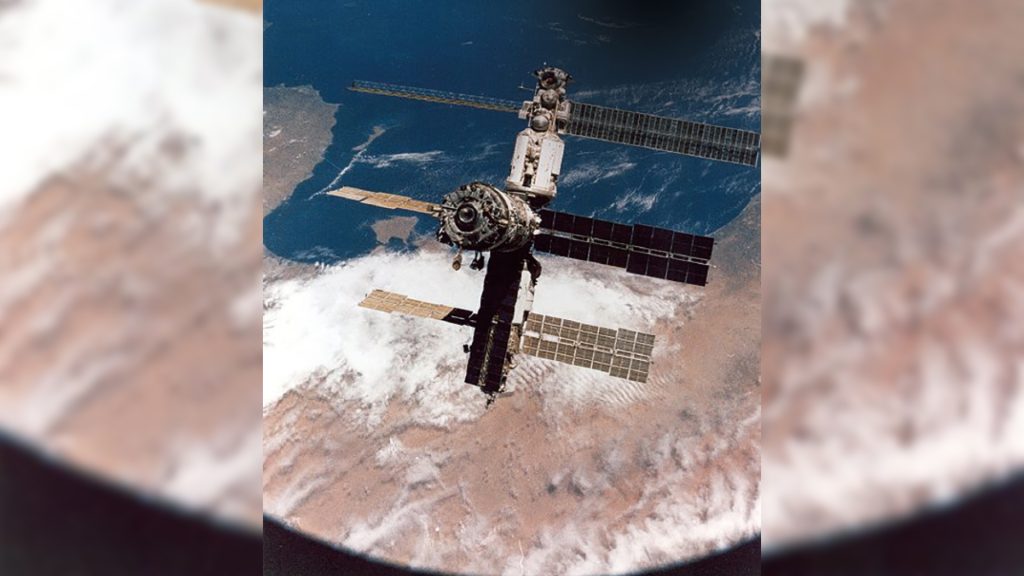
Ulf Merbold, the first ESA astronaut to fly to the MIR station.
1995
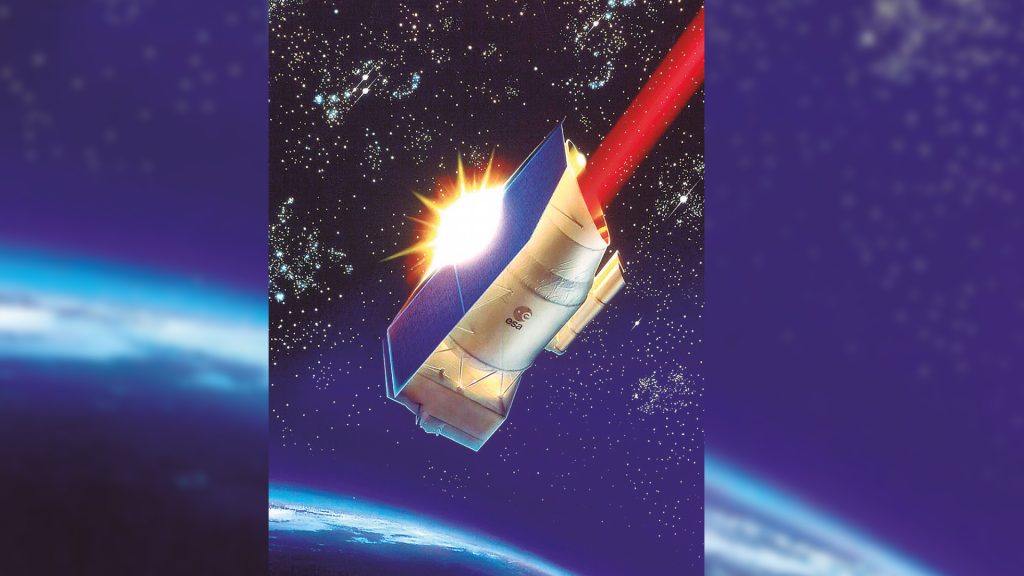
The world’s first infrared observatory, ESA’s ISO, is launched.
1996
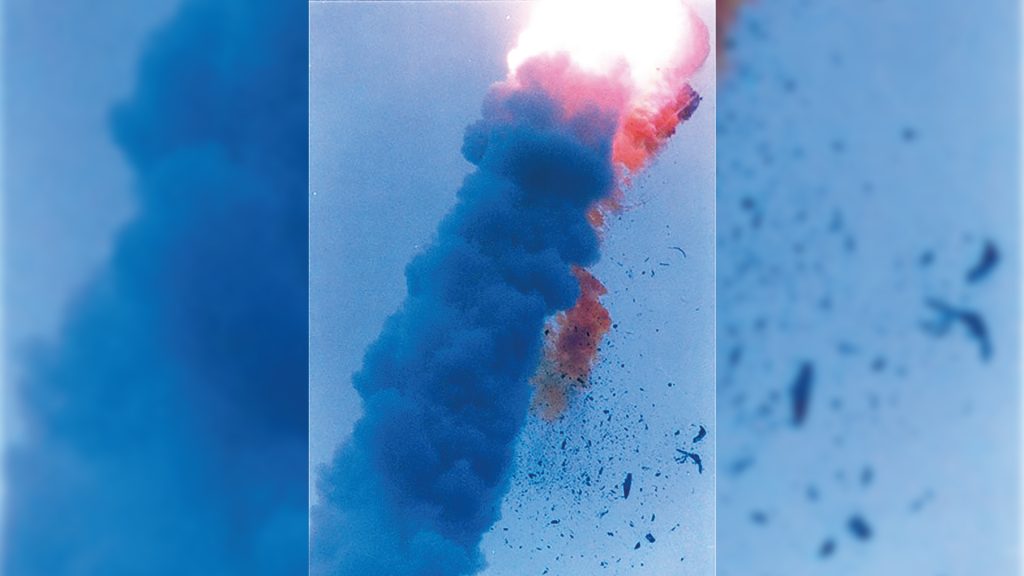
Failed maiden flight of Ariane 5 (flight 501).
1997
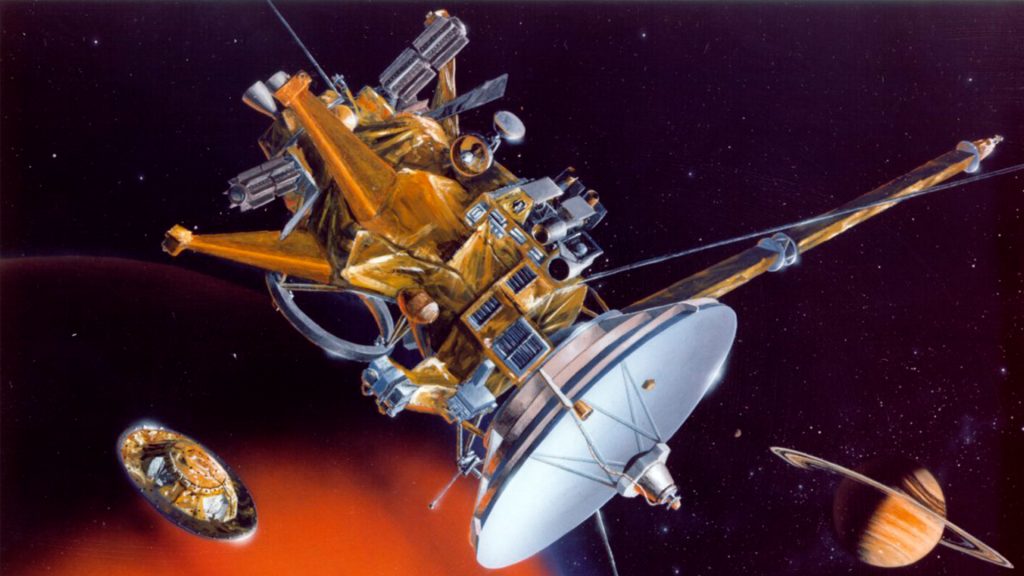
The Cassini-Huygens probe begins its journey to Saturn.
1998
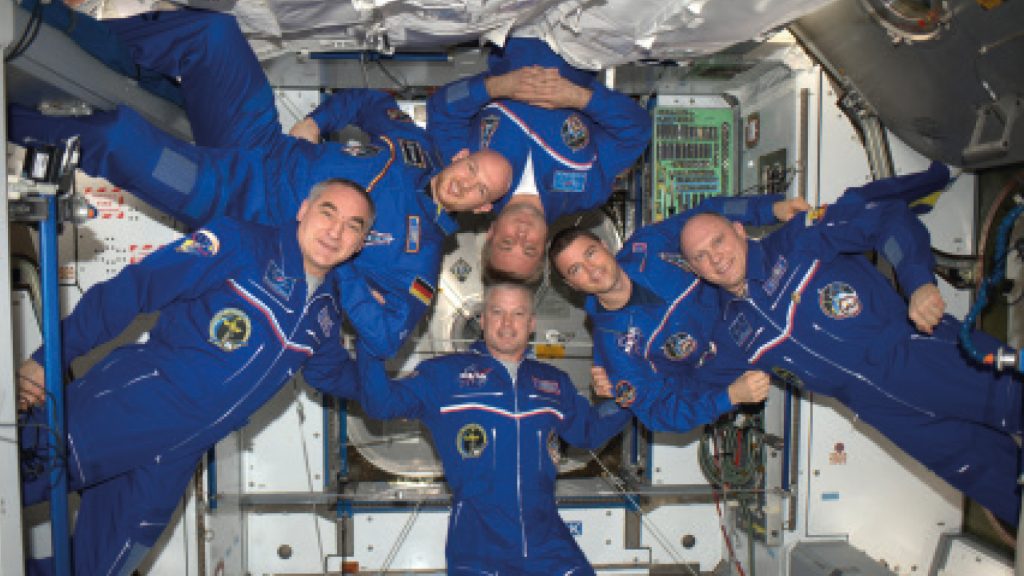
Official creation of the European Astronaut Corps.
1999

The first operational flight of Ariane 5 takes place, with the XMM-Newton satellite on board.
2000
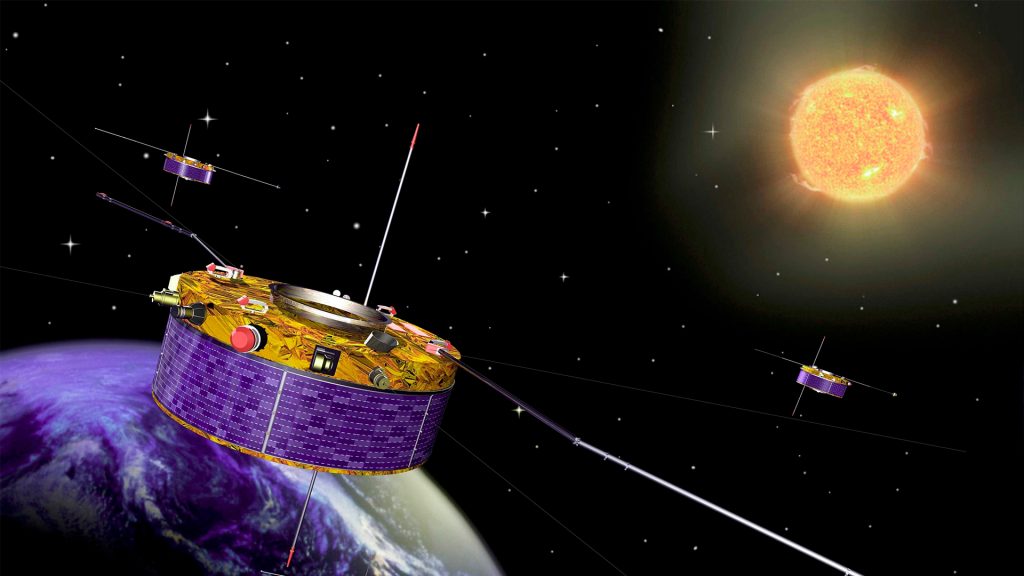
The four-satellite Cluster constellation is launched.
2001
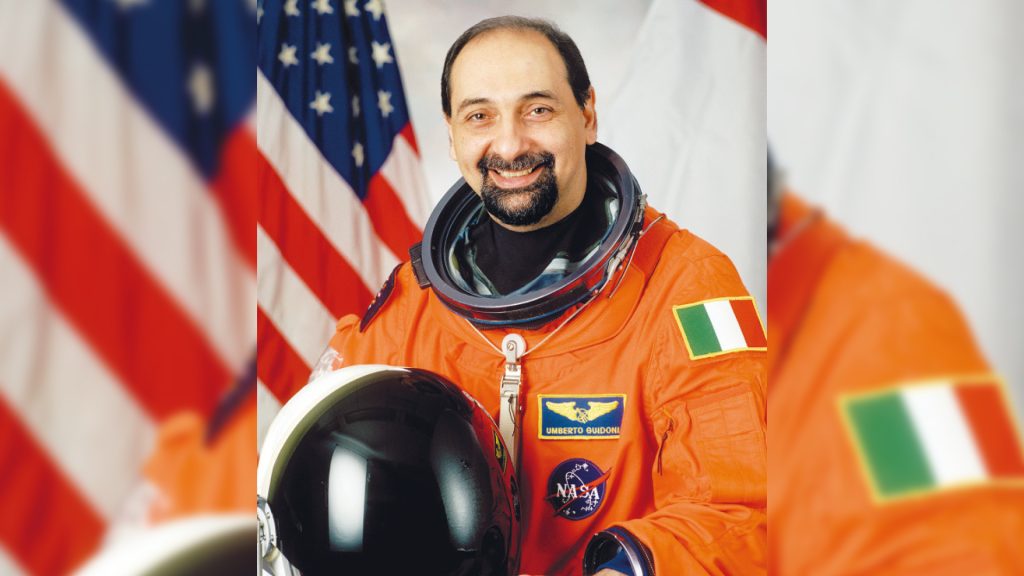
First visit by a European astronaut, Umberto Guidoni, to the International Space Station.
2002
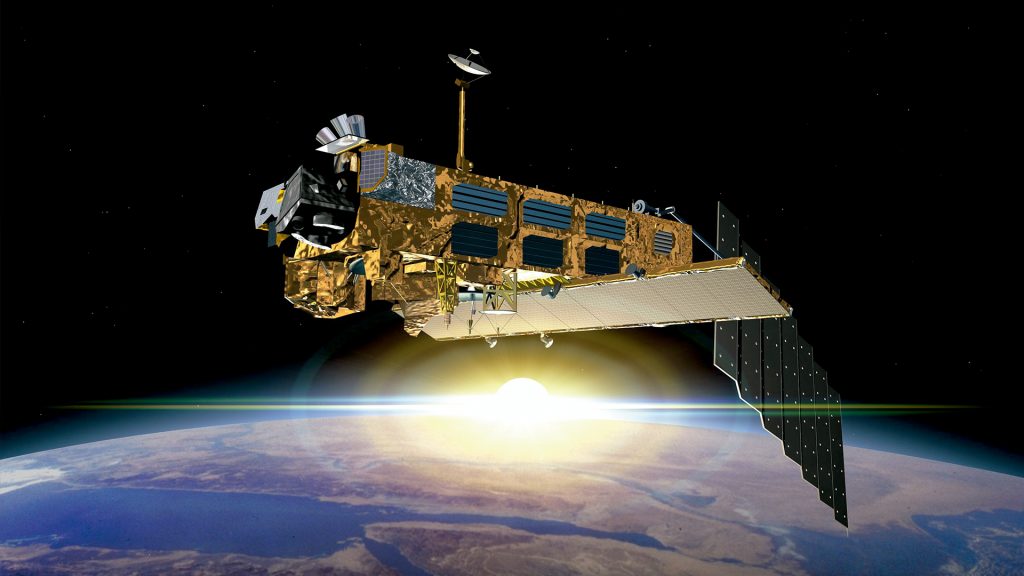
The then-largest Earth observation satellite, Envisat, is launched into Space.
2003
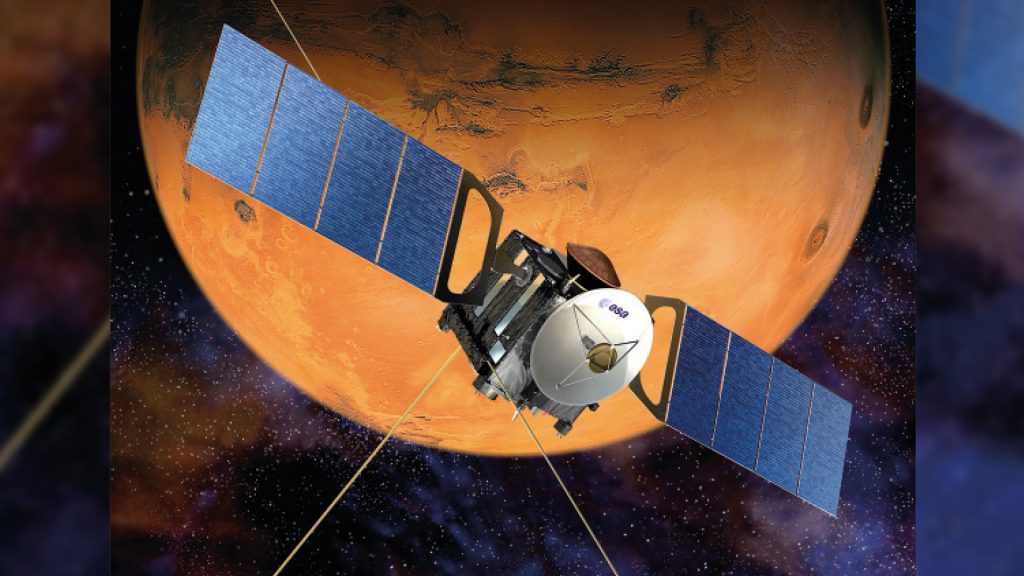
Mars Express, ESA’s first mission to Mars, begins its journey.
2004
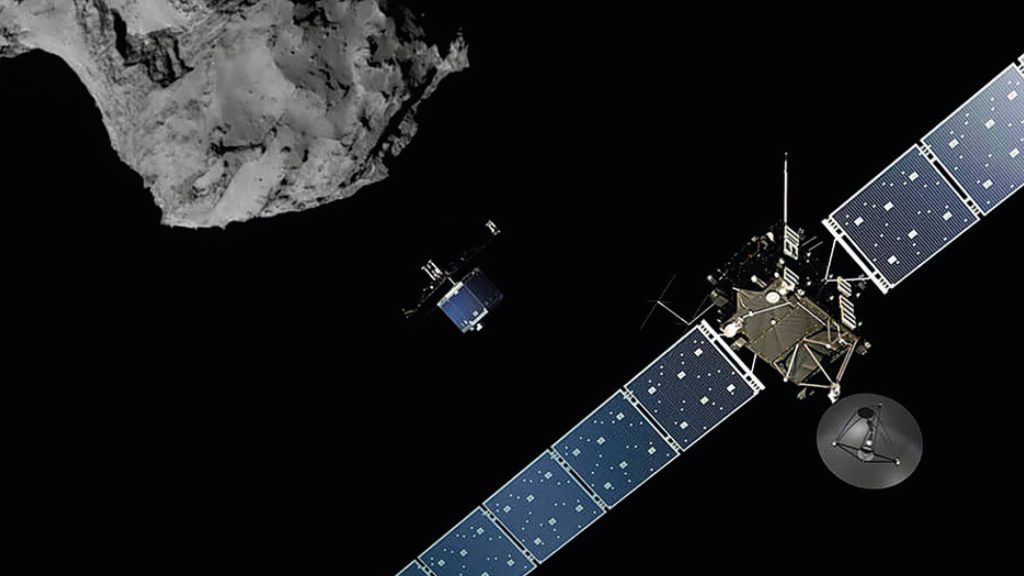
Rosetta, the first mission designed to orbit and land on a comet, is launched.
2005
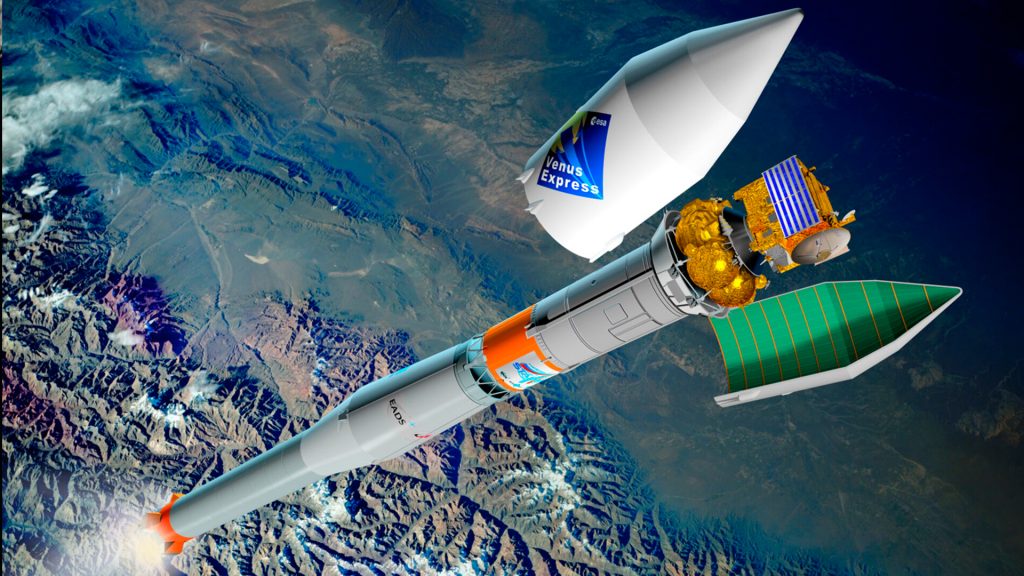
Launch of Venus Express from Baikonur on a Starsem Soyuz-Fregat launcher.
2006
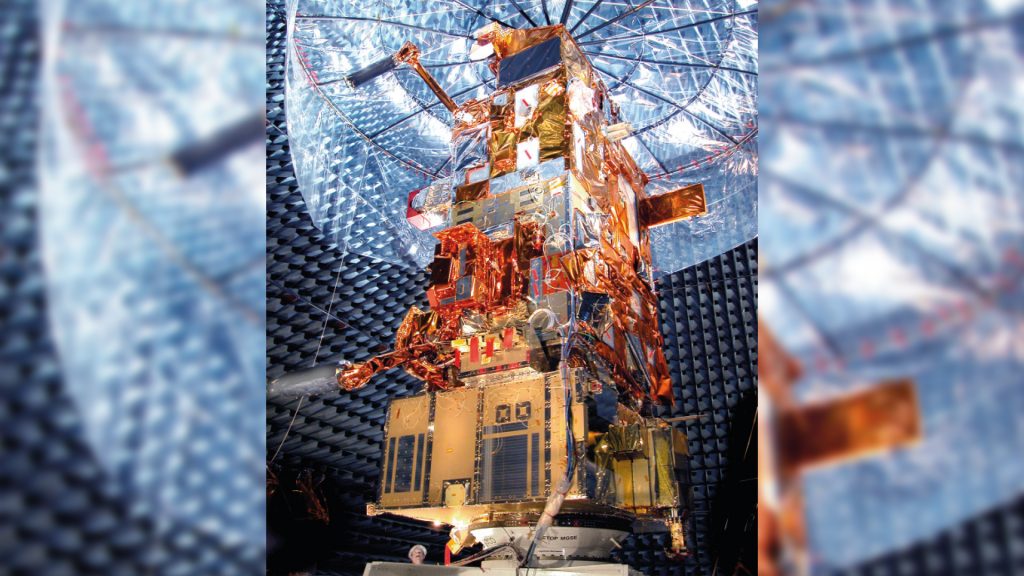
Launch of MetOp-A from Baikonur.
2007
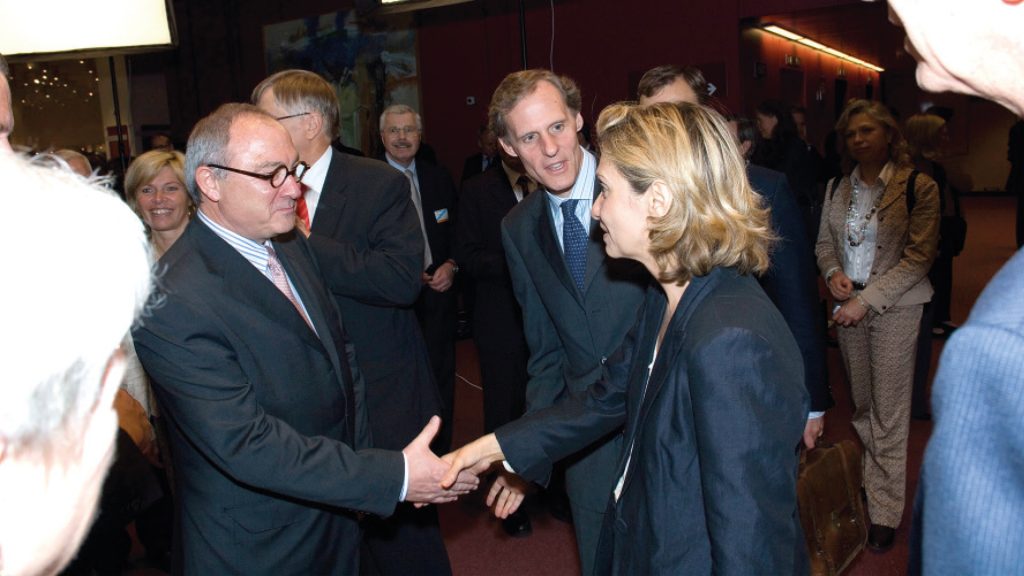
Twenty-nine European countries adopt a Resolution on the European Space Policy.
2008
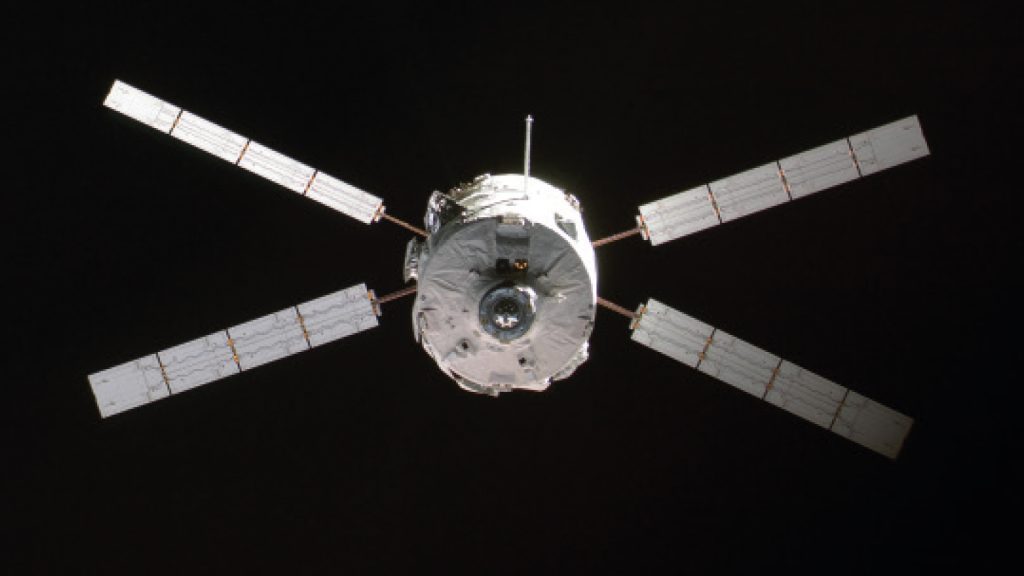
Europe sends Jules Verne, the first Automated Transfer Vehicle, to the International Space Station.
2009
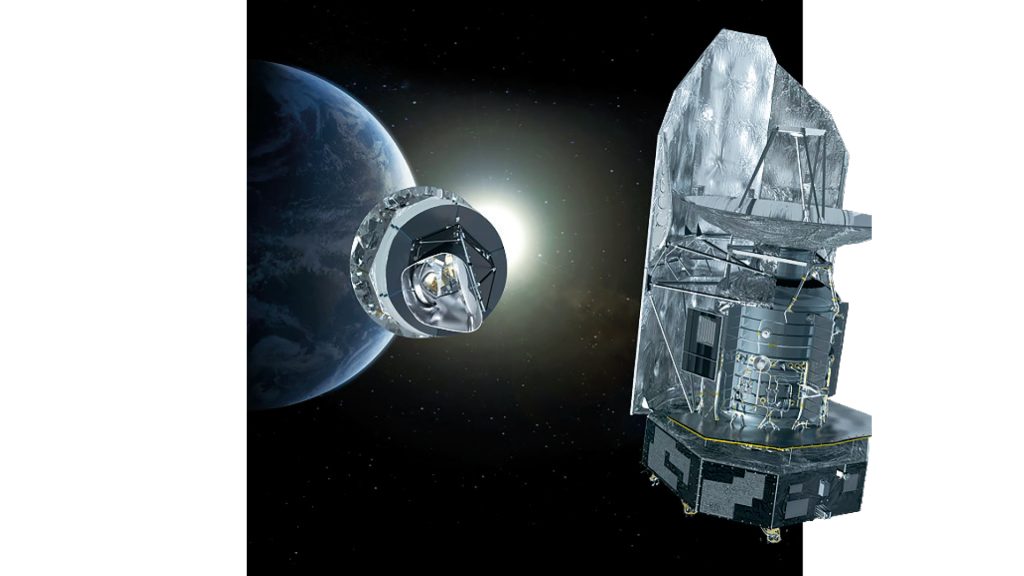
A double success: launch of the Herschel Space Observatory and the Planck Observatory.
2010
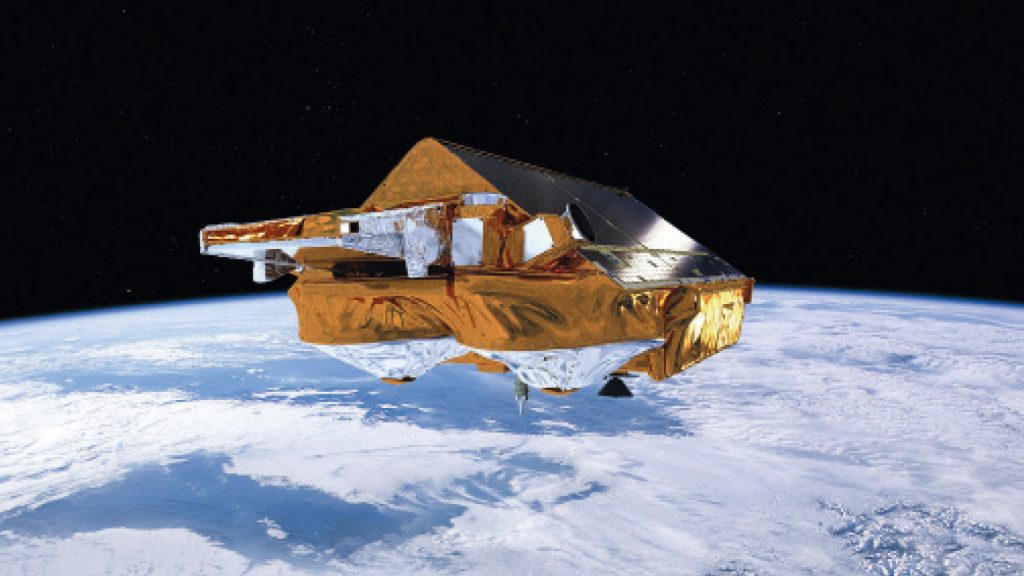
Launch of the CryoSat-2 “ice mission”.
2011
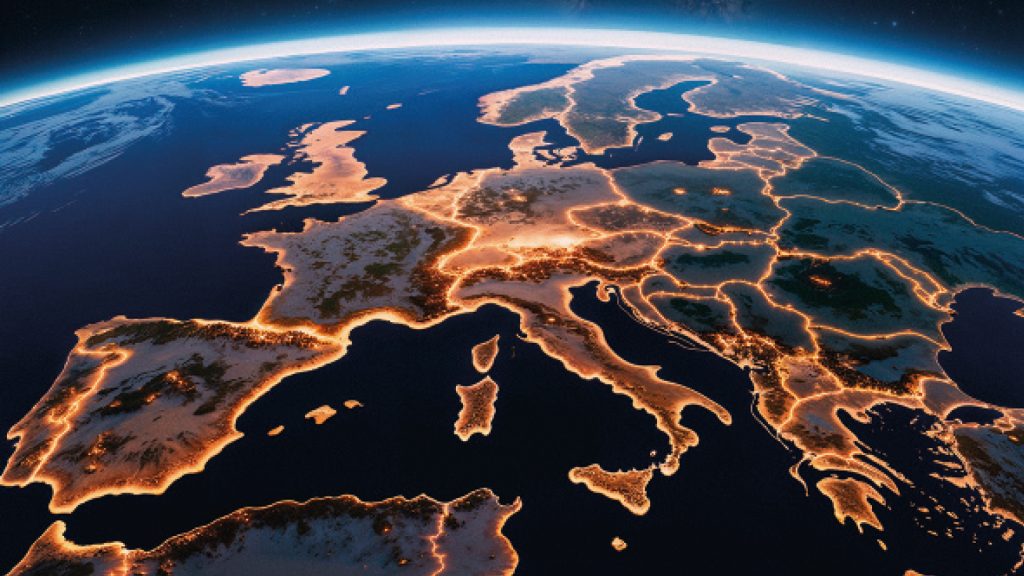
The ESA Council grants observer status to 10 states that are members of the EU, but not of ESA: Bulgaria, Cyprus, Estonia, Hungary, Latvia, Lithuania, Malta, Poland, Slovak Republic and Slovenia.
2012
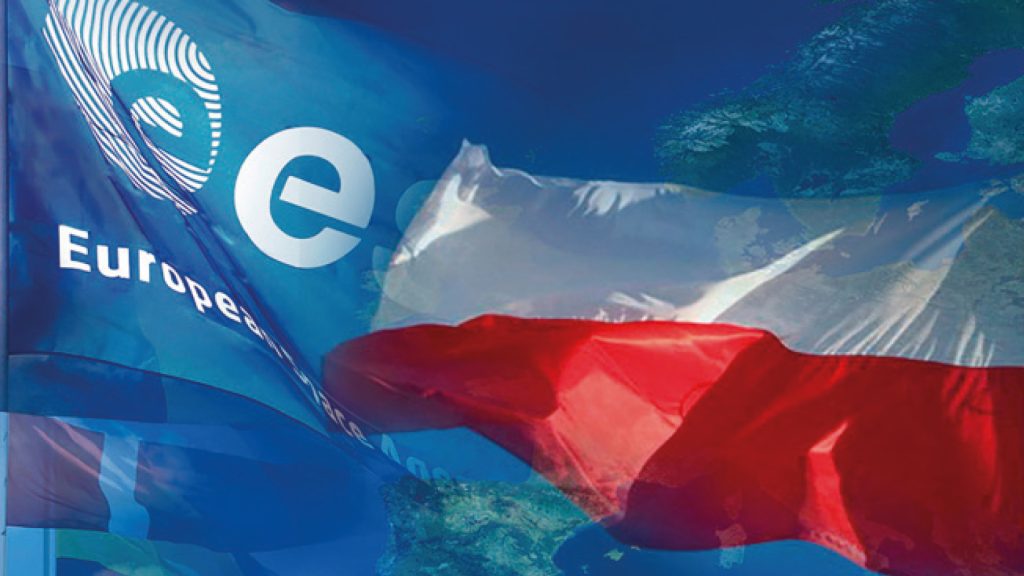
Poland becomes the twentieth ESA member state.
2013
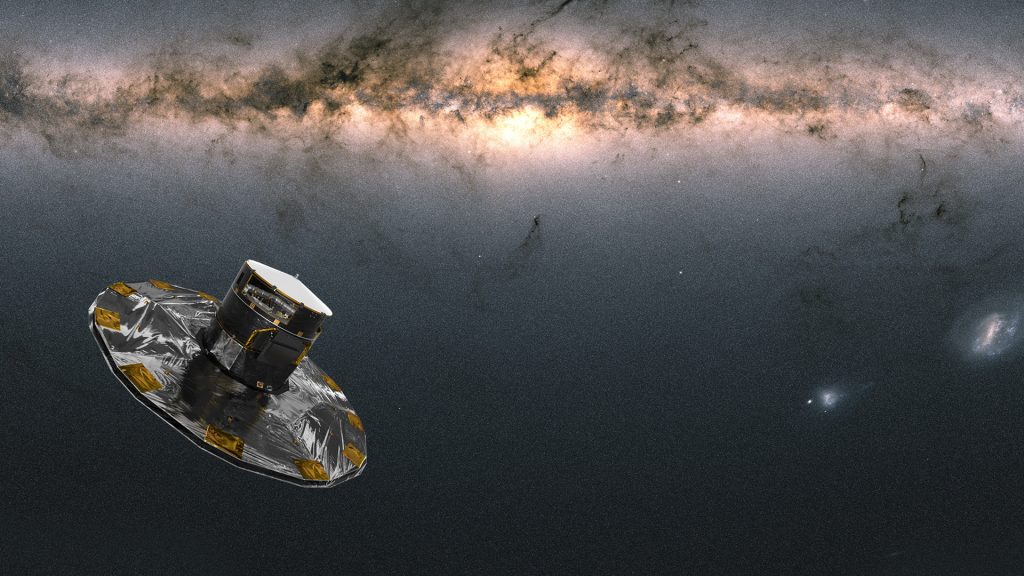
The Gaia Space telescope blasts off to create the most accurate map of the Milky Way to date.
2014
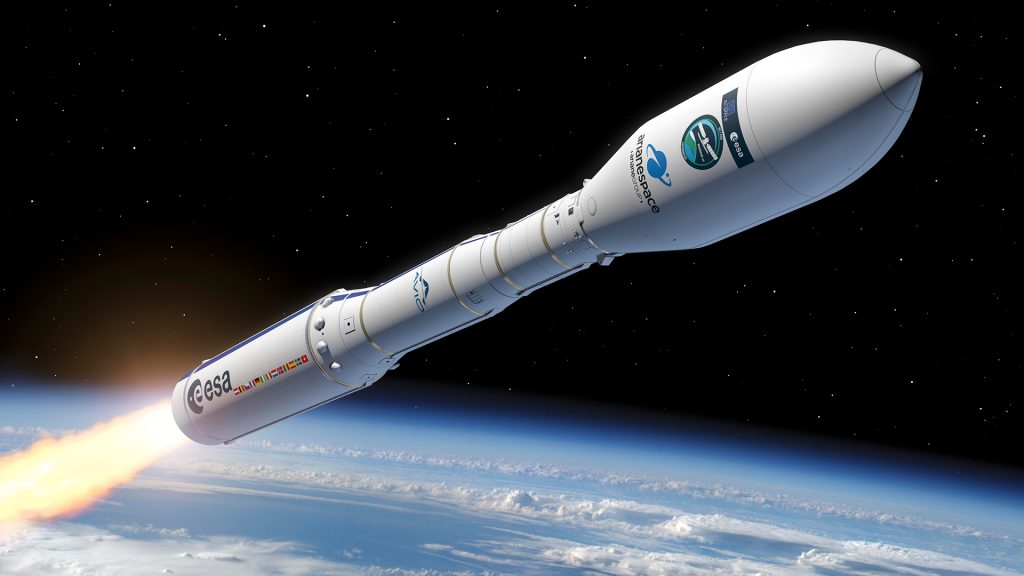
During the Ministerial Council in Luxembourg, the development of Ariane 6 and Vega C and the European Space exploration strategy are approved, covering ESA’s three exploration destinations (LEO orbit, Moon and Mars) and the evolution of ESA, covering ESA’s vision until 2030.
2015
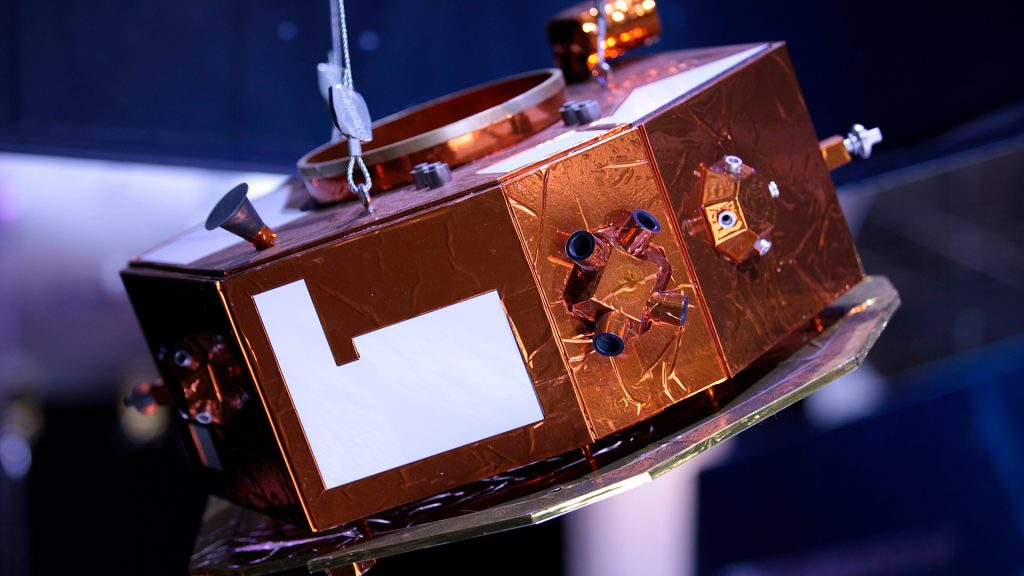
LISA Pathfinder lifts off to test the technology needed to create Space-based gravitational wave detectors.
2016
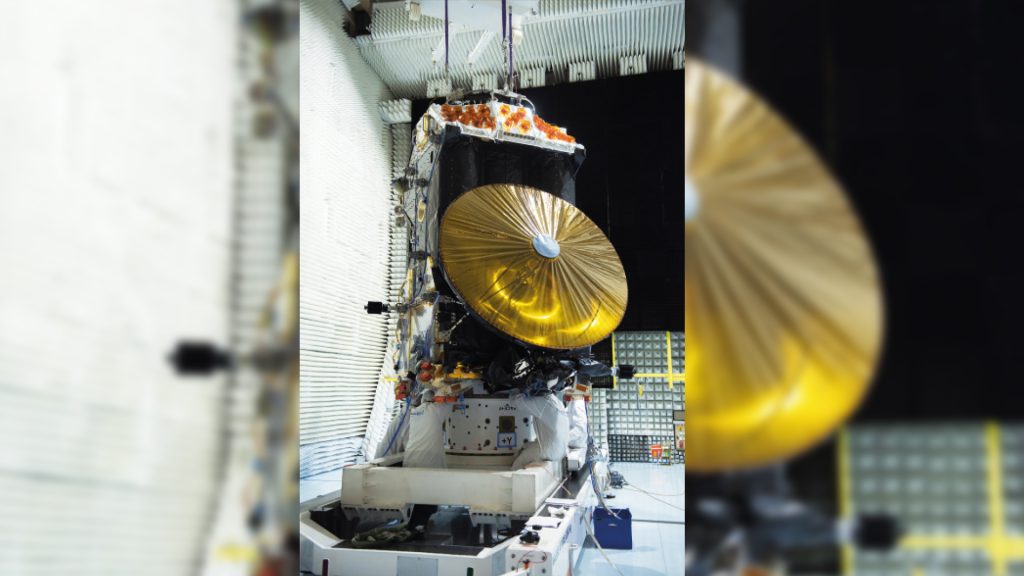
Launch of ExoMars TGO 2016 from Baikonur.
2017

Approval of the proposal for the LISA mission
2018
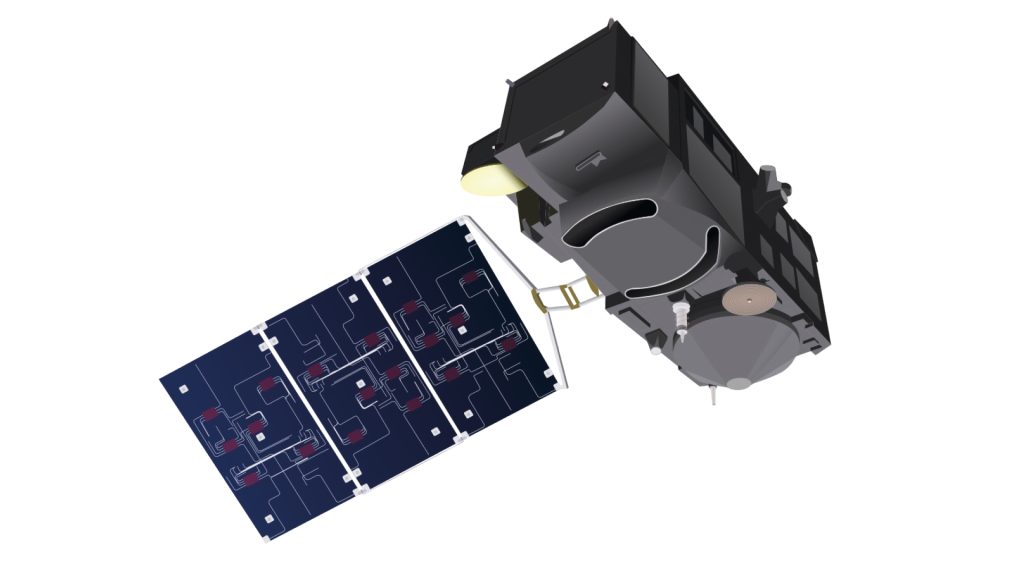
Launch of Copernicus Sentinel-3B.
2019
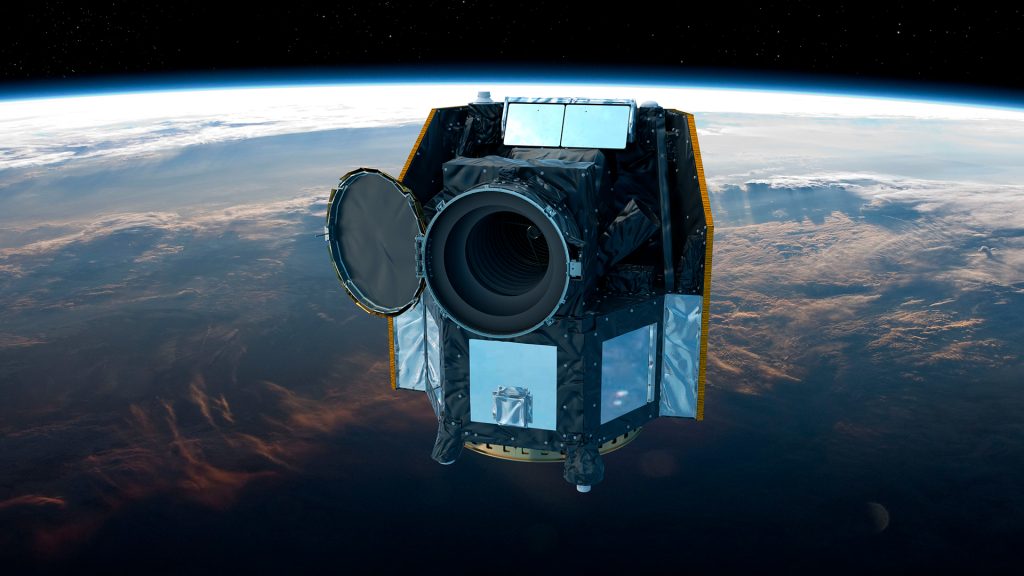
ESA’s first exoplanet mission, CHEOPS, is launched.
2020
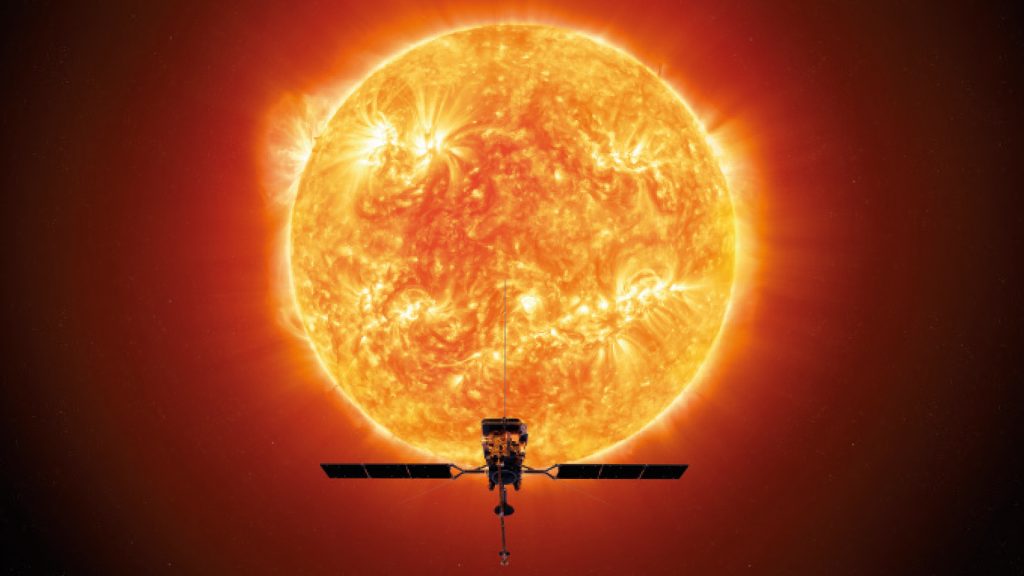
The Solar Orbiter mission kicks off.
2021
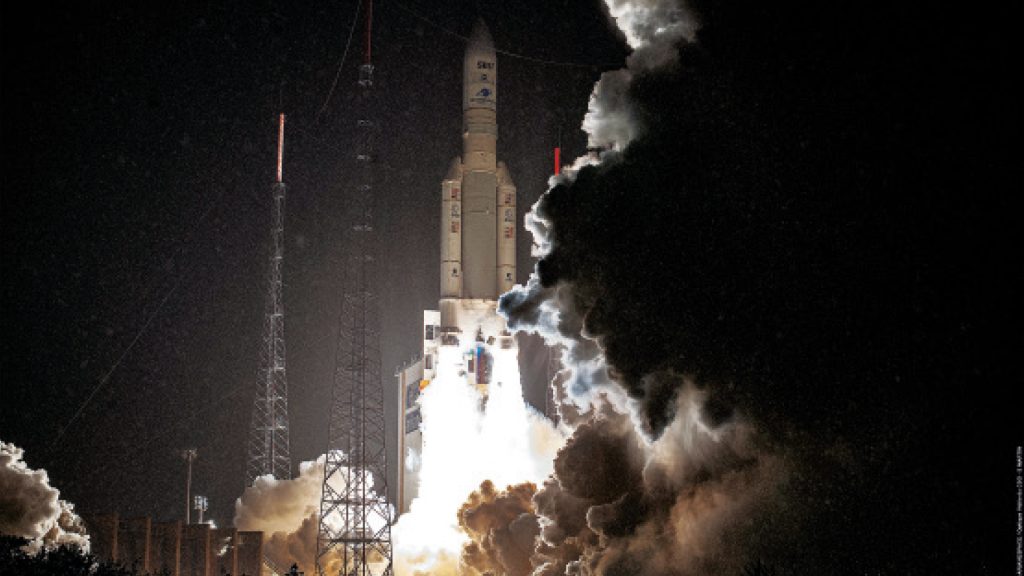
Ariane 5 flight VA255 sets a record, with its heaviest payload to geostationary transfer orbit to date (approximately 10,263 kg).
2022
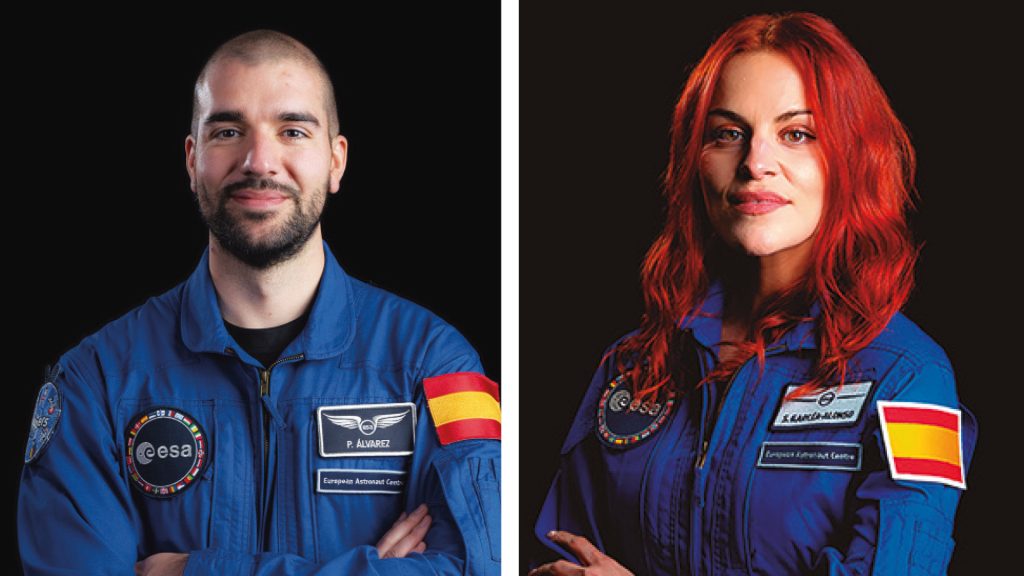
2023
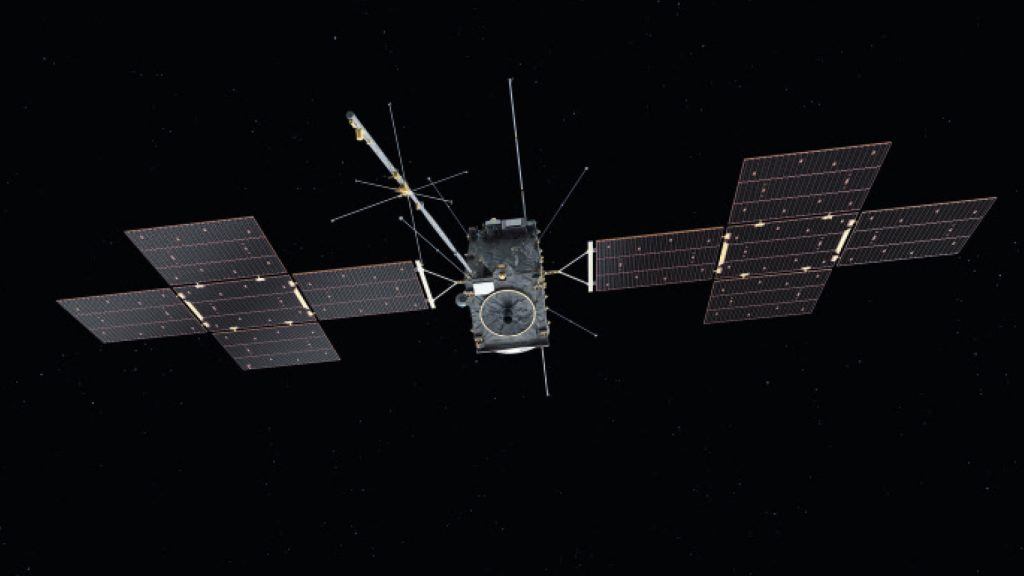
Launch of the Juice mission, to explore Jupiter’s icy moons, and Euclid, to improve our understanding of dark energy and dark matter.
2024
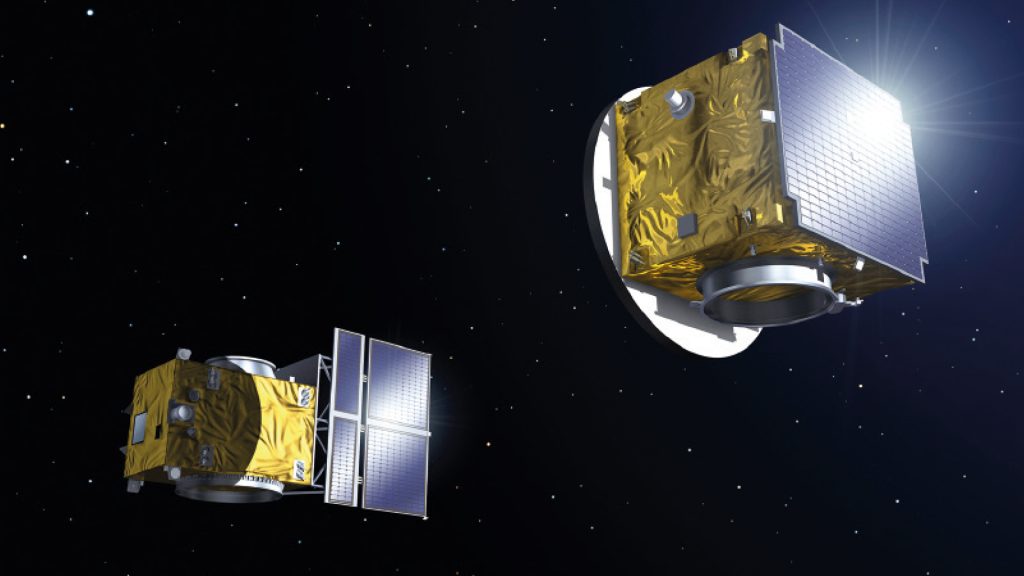
Hera and Proba-3 missions launched.
2025
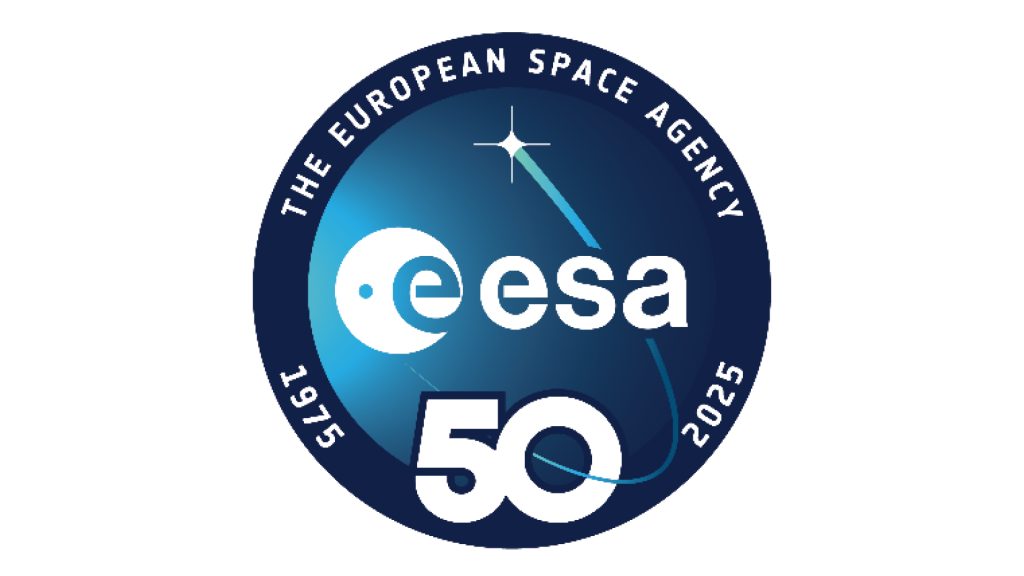
50 ESA Anniversary, congratulations!
ESA celebrates 50 years as a global space leader. Spain plays a key strategic role in infrastructure, missions and in building the future of European space”
However, at this moment, the European, international, and geopolitical landscape present serious challenges.
In 2019, Europe accounted for 15% of the global Space budget; five years later, that figure fell to 10%, a difference that the United States increased from 56% to 61%, consolidating its position as the undisputed leader in Space investment. The rest of the budget is distributed between China (15%), Japan (5%), Russia (3%), India (1%) and other countries.
This distribution reflects an increasingly significant imbalance in investment capacity, which in many cases reveals differences in the development of technologies, infrastructures and strategic autonomy. In addition, if we consider the Space budget per citizen, while in Europe it is 26 euros, in the USA it reaches 219 euros (more than eight times the former), which represents a permanent challenge in terms of competitiveness and response capacity.
Even so, fifty years after that 30th of May 1975, looking back is looking at a story of overcoming, cooperation and shared vision. The ESA has shown that Europe can reach for the stars when it joins forces, and that Space is not only a scientific frontier, but also a powerful tool to improve life on Earth.
Today, more than ever, we need that ambition to be renewed. May the passion for Space inspire new generations, not only for the technological challenge, but also for the positive impact it has on our society: from environmental management to global connectivity, from security to education.
Because we deserve it, because we have already demonstrated it, and because the future of European Space is also written in Spanish.
A look towards sovereignty, opportunities and security
Objective 2040
Protect our planet and climate, reinforcing Space security.
Explore and discover, extending our capabilities beyond Earth orbit.
Strengthen European autonomy and resilience, guaranteeing independent access to Space and the capacity to respond to emergencies.
Drive growth and competitiveness, consolidating a robust and disruptive private Space industry.
Inspire Europe, promoting talent and Space diplomacy.
Strategy 2040 positions space as a driver for sovereignty, security and innovation, with Spain as a key player in the European space ecosystem of the future”
